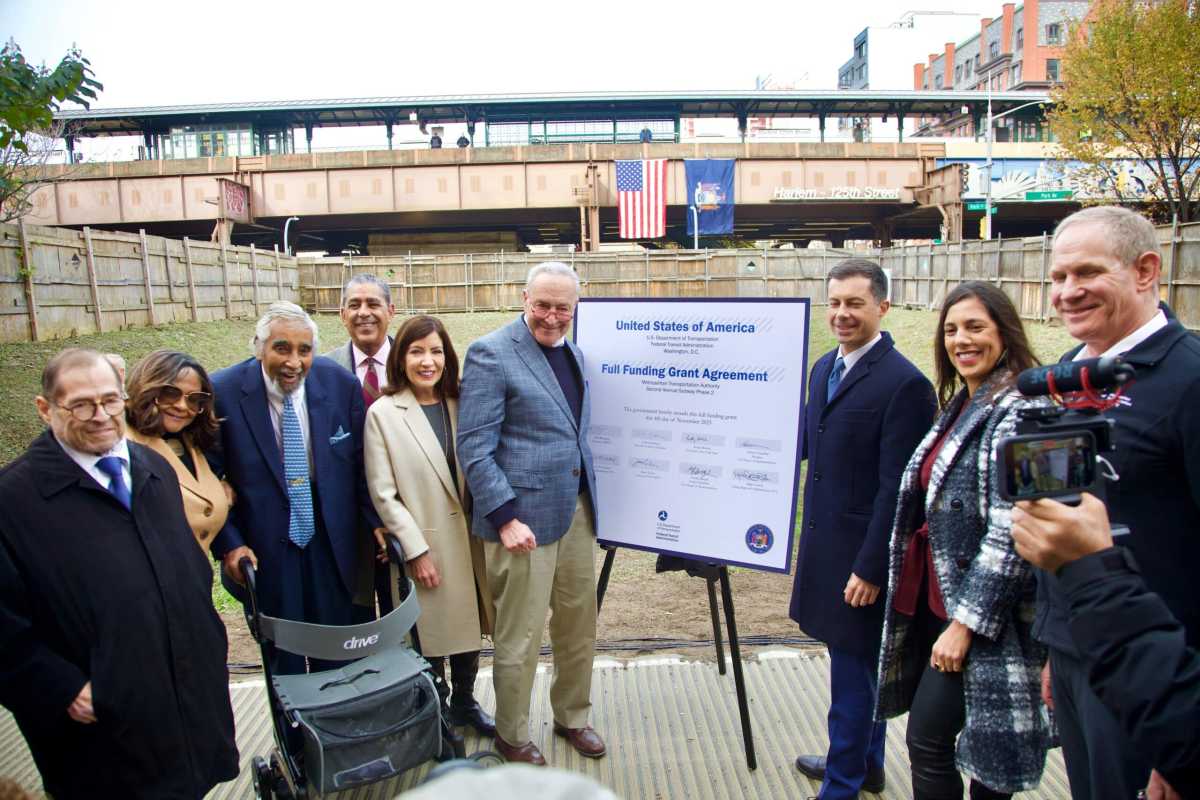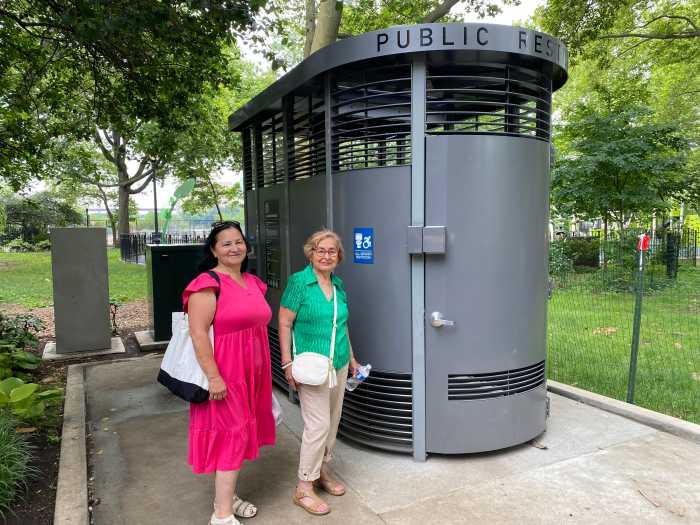U.S. Secretary of Transportation Pete Buttigieg made his way to East Harlem on Saturday to formally kickoff the funding deal for the long-awaited Second Avenue Subway extension — much to the delight of Upper Manhattan’s congressional delegation.
During the Nov. 4 signing event at the proposed upper terminus of the line near 125th Street, Buttigieg and Senate Majority Leader Chuck Schumer touted the community value that the $3.4 billion grant will provide for Harlemites.
Phase 2 of the subway project will bring Q train service up through the eastern bounds of the neighborhood, a densely populated area without many transit options. The subway expansion is expected to benefit more than 100,000 riders daily, according to MTA estimates.
“It has not been good enough for too long. We’re changing that,” said Buttigieg. “That’s why it has been such a thrill on behalf of President Biden and the entire Biden-Harris administration to sign the final funding agreement for $3.4 billion to build that Second Avenue Subway up to 125 Street.”
The Federal Transit Administration (FTA) grant will cover a little less than half of the estimated $7.7 billion cost of the project’s second phase. Though the 2021 federal infrastructure bill-funded grant is the largest in the history of the program, the Metropolitan Transportation Authority will still be on the hook for over $4 billion of the cost.
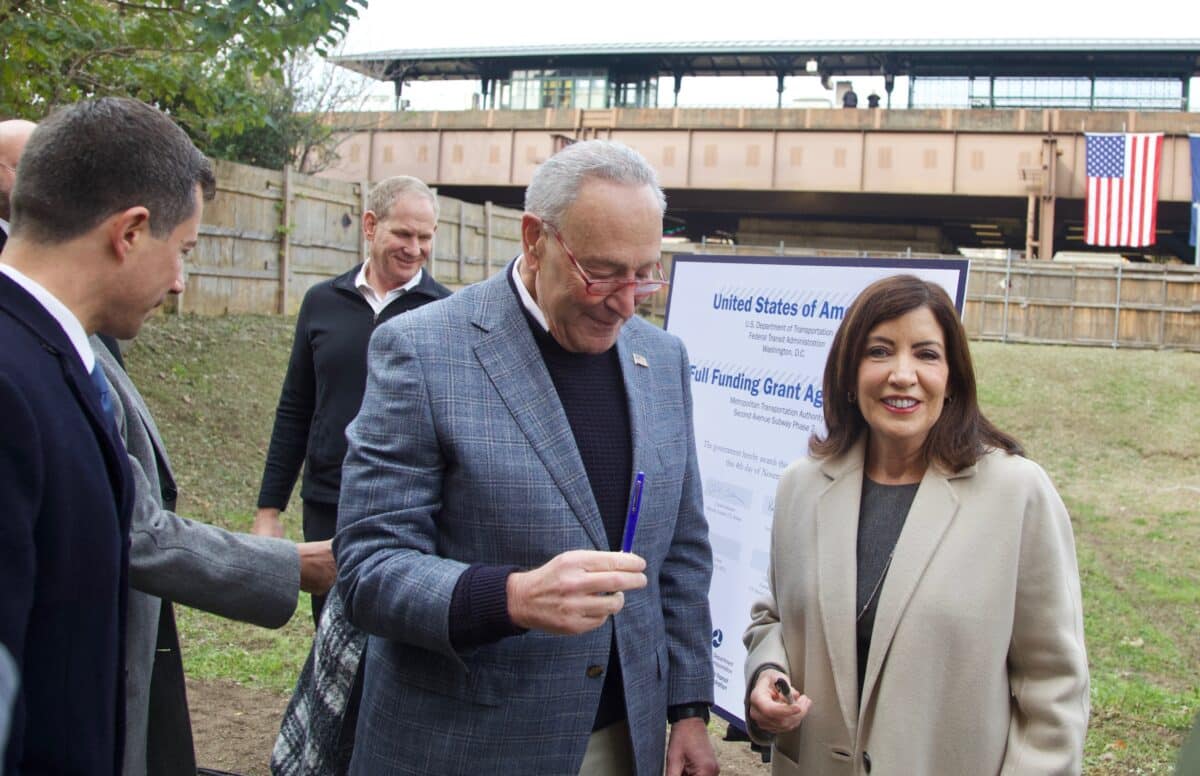
“Money’s important. Now, thank you for the $3.4 billion,” said Gov. Kathy Hochul addressing Buttigieg. “That’s almost as high as my $4 billion. But who’s keeping track? So if you wanna go a little higher, okay, we got a little competition going here.”
The first phase of the Second Avenue Subway extension, which expanded the Q line up to 96th Street, was one of the most expensive transit infrastructure projects in the world, ultimately costing $4.6 billion. This next phase is set to exceed that cost by several billion dollars.
MTA Chair and CEO Janno Lieber insisted that the cost should be thought of on a per capita basis. Buttigieg estimated that the project would yield a projected 36 million additional rides per year.
“You get the lowest cost per rider of any major rail project in the United States. So remember, this is a good value for New York, and it’s an investment that we all ought to be making,” Lieber said.
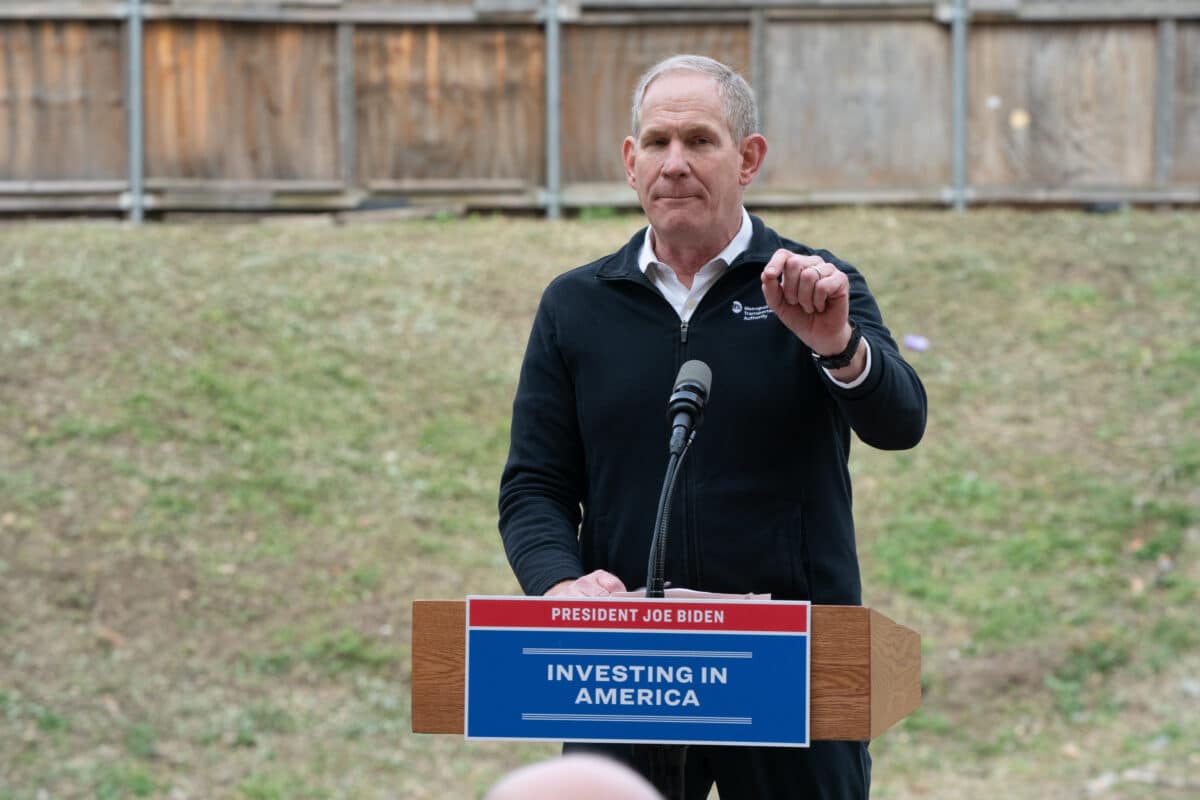
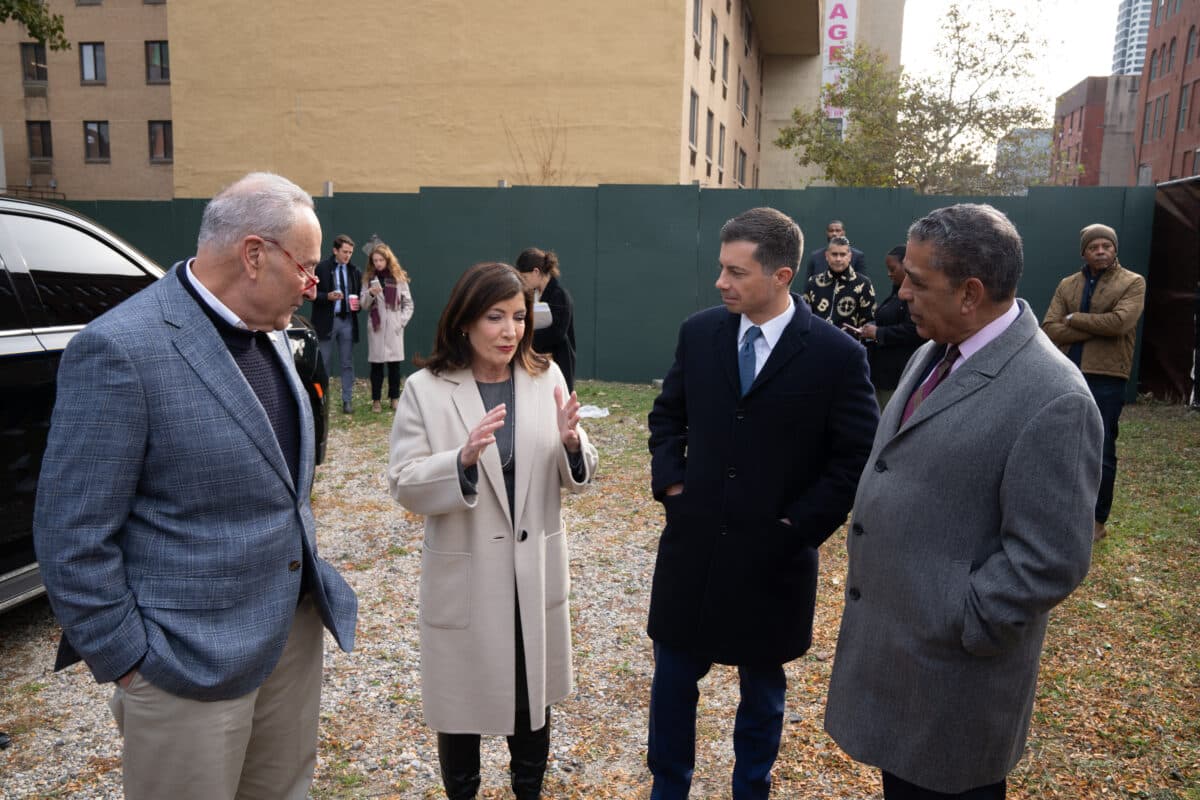
The subway extension will expand the Q line from 96th Street to 125th Street and Lexington Avenue, where it will connect to the 4/5/6 line, adding service at E. 106th St. and E. 116th St.
Schumer and the district’s House representative, Congress Member Adriano Espaillat, emphasized the job and healthcare access that the subway track would create for the residents of East Harlem, referring to the project as an economic development initiative.
“It’s not only gonna make access easier for people who already use the subway, it’s going to allow many more people to use the subway and get the kind of good paying jobs that this area has been deprived of for so, so long,” said Schumer.
The MTA has already begun to obtain the properties needed for construction. The funding agreement will now head Congress for review period before it proceeds to the FTA regional director. Construction could begin before the end of this year.
Read more: Senior Man Stabbed with Screwdriver in Manhattan Subway Attack



